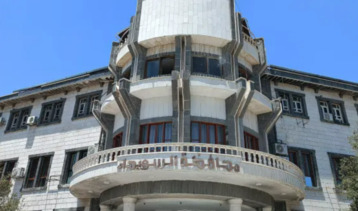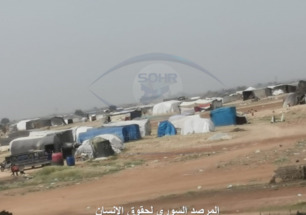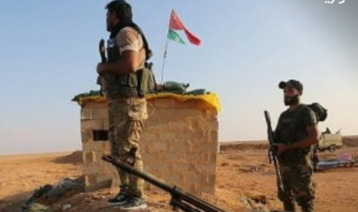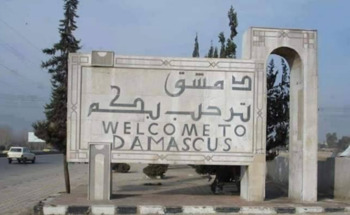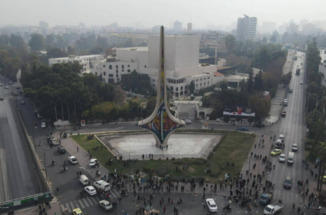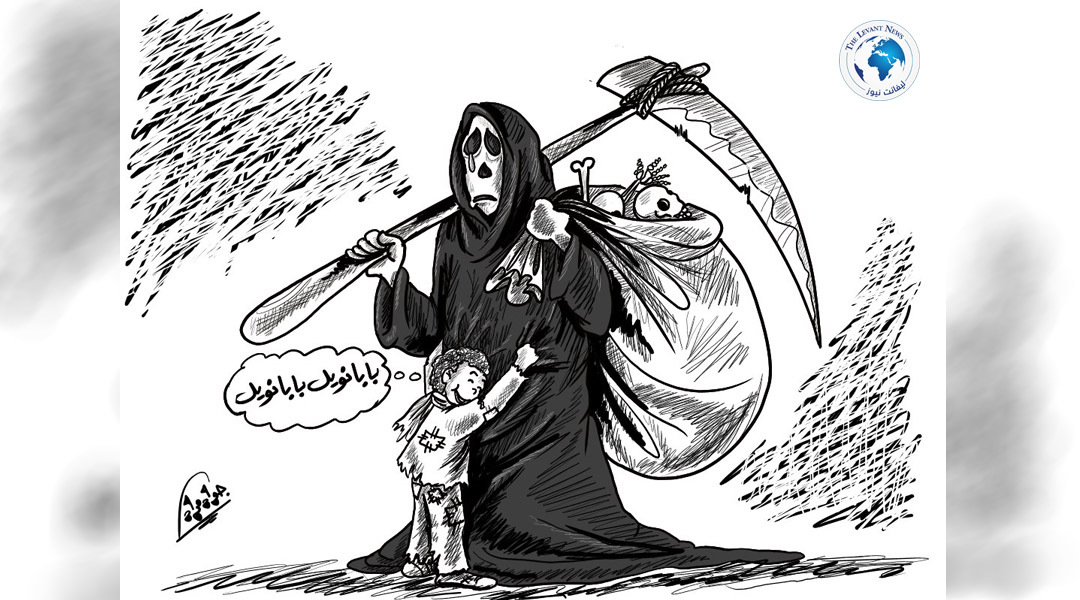-
Syria’s New Defense Structure: Loyalty Over Competence in Key Military Appointments
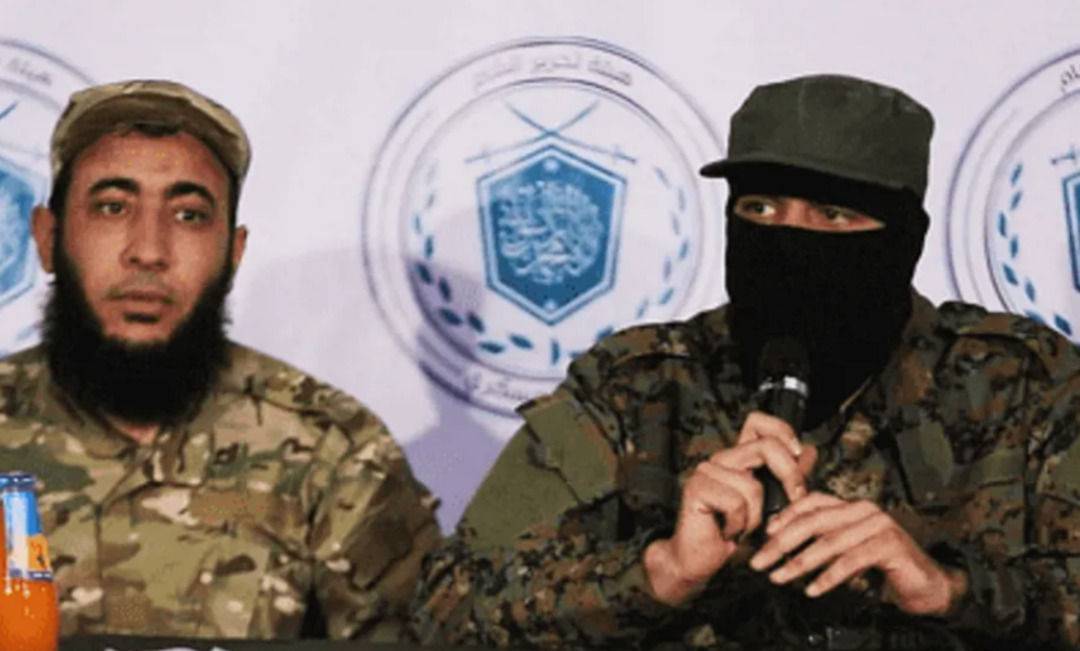
The Syrian Ministry of Defense, under the transitional government, has completed the organizational blueprint of its new military structure, announcing high-level appointments within the General Staff, the creation of six new military divisions, and the establishment of an independent air force and a unit named the Republican Guard.
However, analysts say these appointments reflect a clear strategy of rewarding individuals loyal to the new ruling authority and the leadership of Hay’at Tahrir al-Sham (HTS)—particularly those who had proven allegiance to Ahmed Al-Shar’a (Abu Mohammad Al-Jolani) in the years preceding the fall of the Assad regime. This has sparked concerns about a continued reliance on ideological conformity over military expertise, reinforcing a single-color approach in shaping the defense institution.
Strategic Posts Assigned to Foreign Figures
Two of the most sensitive military commands were handed to non-Syrian nationals, raising eyebrows over the security calculus of the transitional leadership.
Brigadier General Abdul Rahman Al-Khatib, a Jordanian national known as Abu Hussein Al-Urduni, was appointed commander of the newly formed Republican Guard. His unit’s first mission was to “secure” the Syrian-Lebanese border, especially around Qusayr.
Brigadier General Omar Mohammad Jaftchi, a Turkish national known as Mukhtar Al-Turki, was assigned command of the Damascus Division. Jaftchi, long considered Jolani’s shadow figure, was often involved in managing tensions between HTS and foreign fighters, issuing statements of support for Jolani during crises.
Both men are known for deep ties to HTS leadership, and their foreign citizenships are seen as a deliberate strategy to install loyalists with limited personal ambitions, particularly in roles tied to protecting the capital and the core of the new regime.
Controversial Figures Among the Appointees
Among the most contentious appointments is Mohammad Al-Jassem (Abu Amsha), who now leads the Hama Division (25th Division). Formerly the head of the “Suleiman Shah Brigade” (widely known as the Amshat), he is under U.S. sanctions for serious human rights violations. Al-Jassem had previously forged alliances with Jolani during intra-factional disputes.
Another notable name is Brigadier Haitham Al-Ali (Abu Muslim Afs), now commander of the Homs Division (103rd Division). Al-Ali, once accused of espionage and detained by HTS, was later reinstated by Jolani, leading the "Ali Ibn Abi Talib Brigade" in the group.
Field Deployment Reflects Political Strategy
Other key appointments include:
Raed Arab: Commander of the Tank Division and the Badiya Division, responsible for countering ISIS cells in the Syrian desert and securing main transport routes.
Mohammad Gharib (Abu Usayd Houran): Commander of the Idlib Division, tasked with guarding the eastern sector of the province and railway lines, and preventing ISIS infiltration from the desert into western Idlib.
Bunyan Al-Hariri: Commander of the Daraa Division, a critical post given the tensions with Ahmad Al-Awda, who refused to dissolve his 8th Brigade or join the new defense ministry.
Leadership Core: Familiar Faces in New Roles
Rahaf Abu Qasra: Minister of Defense
Ali Al-Na’san (Abu Yusuf Al-Homsi): Chief of General Staff
Enad Darwish (Abu Al-Munthir): Head of Organization and Administration—former HTS-affiliated defector who led a coup within Ahrar Al-Sham in 2020.
Mohammad Mansour (from Jaysh Al-Nasr): Head of Officer Affairs
Brigadier Abdo Sarhan (Abu Al-Qasim Bayt Jinn): Commander of the Air Force
Implications: A New Regime with Old Tactics?
These appointments suggest the consolidation of a security-military framework deeply aligned with HTS’s ideological and political sphere, with Ankara- and Doha-friendly figures embedded throughout. Critics warn that this centralization of power among loyalists, many with controversial pasts, may recreate authoritarian patterns under a different banner, excluding other Syrian factions from meaningful participation.
The dominance of HTS-aligned leadership in shaping the future military structure raises serious concerns about whether Syria’s emerging power centers are truly moving toward inclusivity and professional governance, or merely replacing old authoritarianism with new faces and foreign allegiances.
Tags
You May Also Like
Popular Posts
Caricature
opinion
Report
ads
Newsletter
Subscribe to our mailing list to get the new updates!




